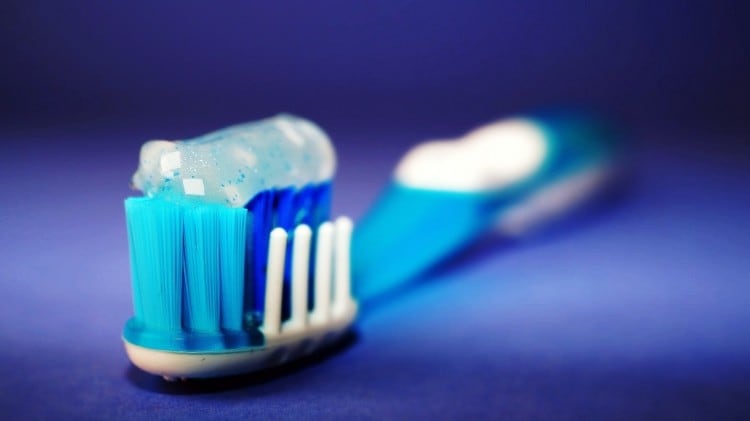This is because most oral bacteria found in adults have been detected in infants within that age range, according to a Japanese study conducted by the Oral Care Research Institute, Advanced Analytical Science Research Institute and Lion Dental Hygiene Research Institute.
The study attempted to clarify the exact time when oral care should be started from the viewpoint of bacterial plexus formation. This can be done by identifying the time when the infants’ bacterial flora approaches the bacterial plexus of adults.
“The number of infants carrying various bacterial species increased from about six months after birth to one and a half years old when teeth begin to grow.
“Among the bacterial species identified were bacteria known to be associated with halitosis and periodontal disease.
“Hence, the early stage of infancy is an important time to approach the oral bacterial flora of adults,” said the researchers.
Oral bacteria inhabit the mouth and are formed by the individual’s conditions, eating habits and lifestyle.
For the study, the scientists recruited 55 pairs of parents and children (27 boys and 28 girls) to participate in the survey and saliva sampling. At the start of the survey, the average age of fathers was 32 years, while the average age of mothers was 30.7 years.
The scientists then sampled saliva from the children 10 times in total – at the one-week, one-month, three-month, six-month, nine-month, 12-month, 18-month, 24-month, 30-month and three-year marks. They also sampled saliva from the infants’ parents respectively when the child reached the age of three.
Subsequently, these samples were analysed using a gene sequencer to examine the changes in bacterial flora over time.
Findings
There is a link between the oral flora of the parents and kids, and the infant’s oral flora is influenced by that of their parents.
The researchers discovered 69 types of bacteria in 80% of the adult subjects.
When corroborated with the samples from their infants, the detection rate of the 69 bacteria increased from when they were aged six months old.
The detection burgeoned to 50% and above when their back teeth grew at nine months and at the time their front teeth appeared.
At the age of 18 months, about 75% of the bacteria were detected in the infants.
The significance here is that as much as 75% of the oral bacteria commonly found in adults were already present in the children’s mouths before their deciduous teeth had even been fully grown.
When discussing the prevalence of oral bacteria, it increased when the infants reached the age of six months to 18 months.
Some species identified were the Fusobacterium nucleatum, which is known to generate volatile sulphur compounds that cause bad breath or halitosis, and Porphyromonas gingivalis, which is involved in periodontal disease and colonisation of oral bacteria.
Significance
The results showed that the bacteria flora in infancy is much closer to the oral flora of adults.
As a remedy, the scientists suggest that it is desirable to start and continue oral care from the early stage of infancy, specifically from age six months and up.
“We will continue to focus on the oral bacterial flora and research on the relationship between the state of the oral bacterial flora and oral diseases at the consumers’ life stages,” the researchers said.




